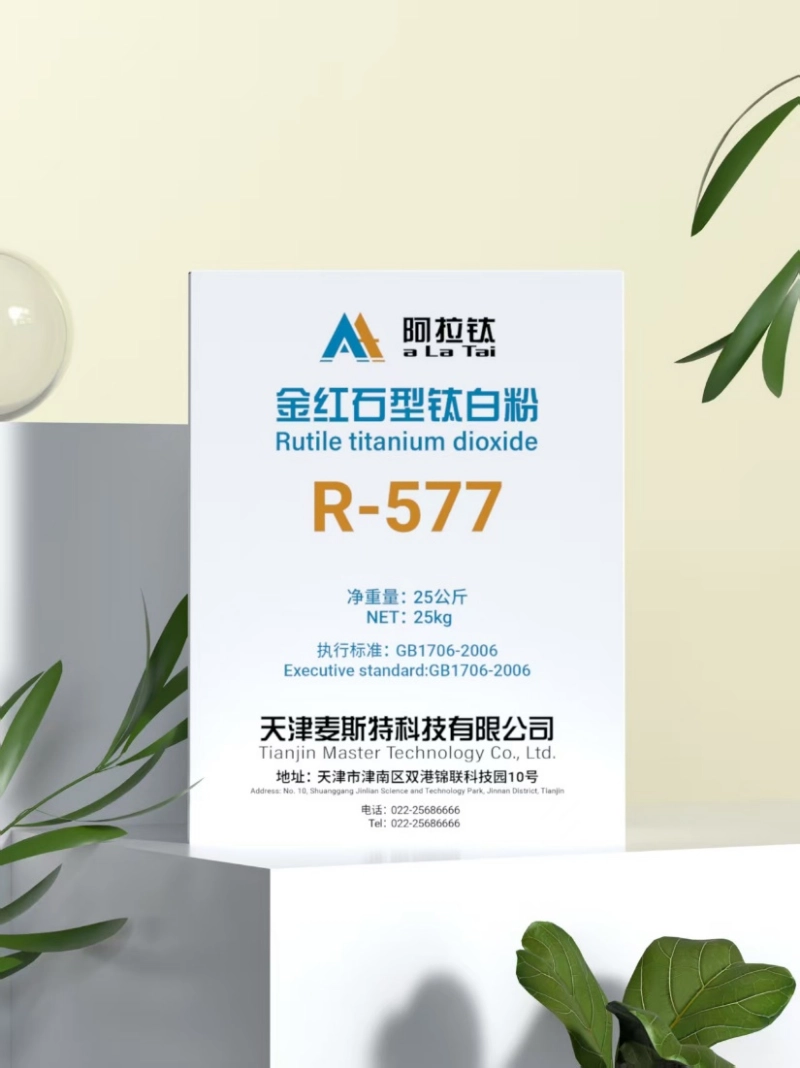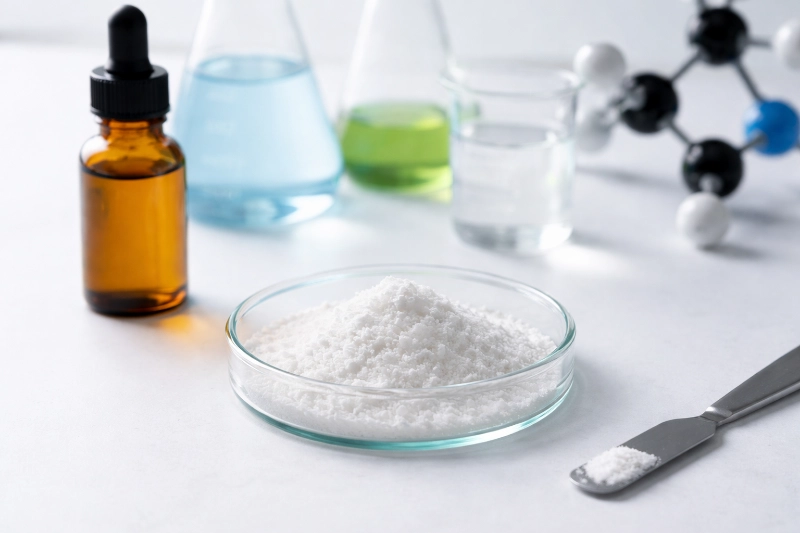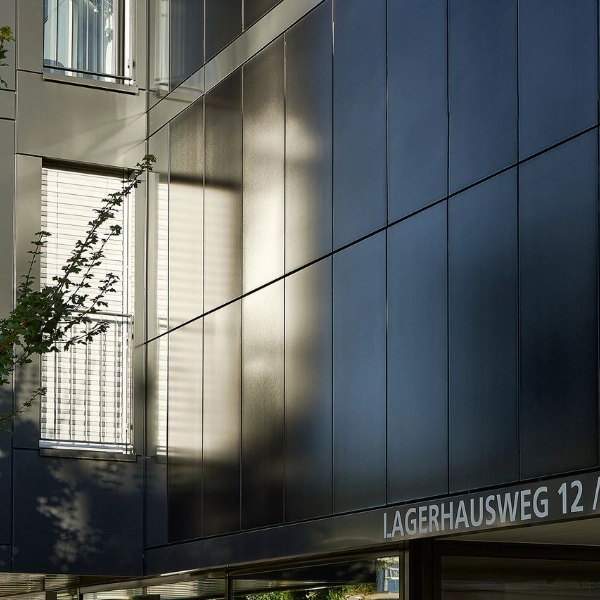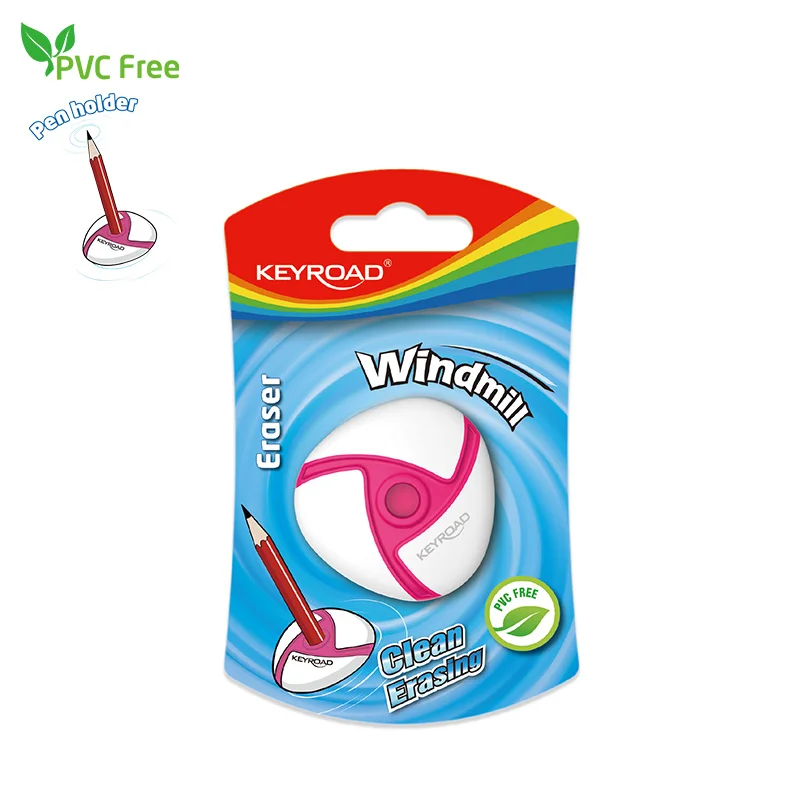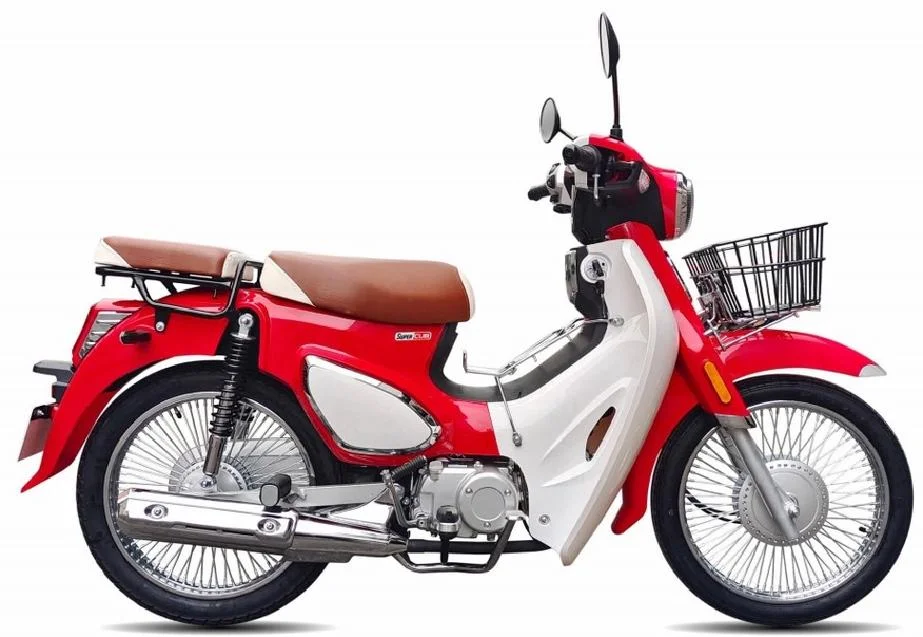How to select high-quality finished honed tubing
Selecting high-quality finished honed tubing requires comprehensive consideration from multiple aspects, including material selection, processing technology, surface quality, tolerance control, usage environment, and manufacturer qualifications, etc.
1. Material selection
High-quality honing tubes are usually made of superior metal materials, such as 20, 45, 16Mn, 304 stainless steel, etc., which have excellent mechanical properties and wear resistance. When making a purchase, one should choose a manufacturer with a good reputation and production qualifications to ensure reliable material sources and avoid affecting the performance of the final product due to material quality issues.
2. Processing technology
The processing technology of honing tubes directly affects their precision and surface quality. High-quality honing tubes typically undergo multiple processes such as cold drawing, heat treatment, deep hole processing, honing, and outer circle planing to ensure that the dimensional accuracy and surface roughness of the inner hole meet the requirements. For example, the surface roughness of the inner hole after honing can usually reach Ra 0.4 μm, and the tolerance range is H7, H8 or H9.
3. Surface quality and tolerance control
High-quality honing tubes should possess the following characteristics:
- Surface roughness: Generally, Ra 0.4 μm is required, and some high-end products can even reach Ra 0.1 μm.
- Ellipticity: Controlled within the range of 3 to 5 microns (0.075 to 0.125 mm).
- Dimensional tolerance: The tolerance range is usually H7, H8, and H9 to ensure the consistency of the hole diameter.
- Length accuracy: For long honing tubes (such as over 8 meters), the length error should be controlled within a reasonable range to ensure their stability in hydraulic systems or mechanical structures.
4. Honing stones and process parameters
The selection of honing stones is crucial to the quality of honing. According to the material and surface roughness requirements of the workpiece, select the appropriate abrasive (such as white corundum, single crystal corundum, cubic boron nitride, etc.), particle size and hardness. For example:
When honing carbon steel and alloy steel, white corundum (WA) is selected.
When honing stainless steel and bearing steel, single crystal corundum (SA) or chrome corundum (PA) should be selected.
When honing superalloys and heat-resistant steels, cubic boron nitride (CBN) is selected.
In addition, parameters such as honing pressure, speed, and feed mode also need to be reasonably set according to the characteristics of the workpiece. For instance, the pressure during rough honing is generally 196 to 392 N, and during fine honing, it is 147 to 294 N.
5. Preparations before honing
The surface quality of the workpiece before honing directly affects the honing effect. Before honing, it should be ensured that
The cylindricity of the hole is less than 15 μm.
The surface roughness is greater than Rz 5 μm;
- No hardened layer, residual oxides, paint or grease, etc.
6. The matching of honing fixtures and honing heads
The matching of honing fixtures and honing heads has a significant impact on the quality of honing. Rigid or floating fixtures should be selected based on the characteristics of the workpiece and used in a reasonable combination to ensure centering accuracy and reduce errors.
7. Selection and Use of honing fluid
The selection and application of honing fluid also have a significant impact on honing efficiency and surface quality. Honing fluids are divided into oil-based and water-based types. Water-based fluids are suitable for rough honing, while oil-based fluids should have an appropriate amount of sulfides added to improve the honing process. In addition, parameters such as the purification, temperature control and feeding of honing fluid also need to be strictly controlled.
8. Manufacturer qualifications and service capabilities
Choosing a manufacturer with high-precision processing technology and advanced testing equipment can ensure the quality stability and consistency of honing tubes. In addition, manufacturers should have good after-sales service capabilities, be able to respond to customer demands in a timely manner and provide technical support.
9. Application Scenarios and Customized Requirements
The application scenarios of honing tubes determine their performance requirements. For instance, in hydraulic systems, automotive manufacturing and military equipment, the precision and durability of honing tubes are particularly important. For special requirements, such as long honing tubes and high-precision honing tubes, manufacturers with customized production capabilities should be selected.
10. Quality inspection and acceptance
When purchasing honing tubes, you should ask the manufacturer to provide a quality inspection report, including the test results of parameters such as dimensional tolerance, surface roughness, and ellipticity. In addition, the product quality can be ensured to meet expectations through actual trial use or re-inspection by a third-party testing institution.
Summary
Selecting high-quality finished honed tubing requires comprehensive consideration from multiple aspects such as material selection, processing technology, surface quality, tolerance control, honing parameters, and manufacturer qualifications. By choosing manufacturers with professional skills and experience and adopting advanced processing techniques and testing methods, the precision, durability and stability of honing tubes can be ensured, meeting the demands of different application scenarios.
www.torichsteel.com
TORICH
